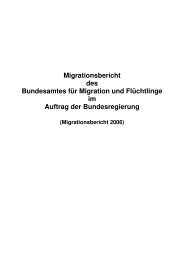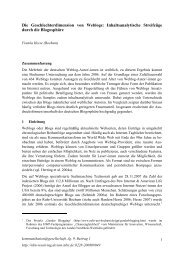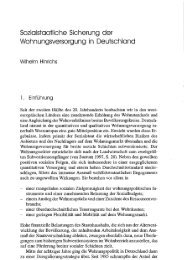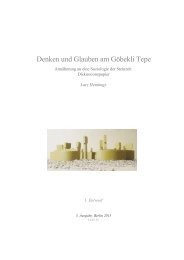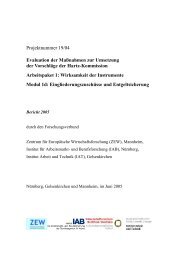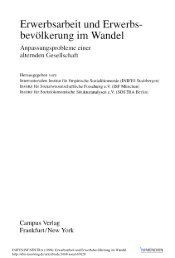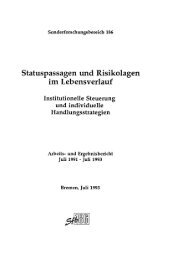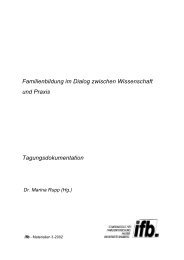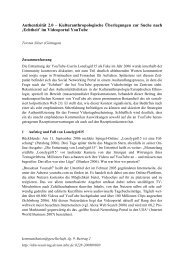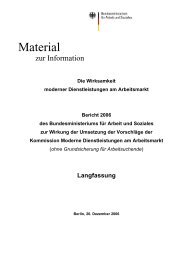Public Financial Management for PRSP - Deutsches Institut für ...
Public Financial Management for PRSP - Deutsches Institut für ...
Public Financial Management for PRSP - Deutsches Institut für ...
You also want an ePaper? Increase the reach of your titles
YUMPU automatically turns print PDFs into web optimized ePapers that Google loves.
Stefan Leiderer et al.<br />
Box 15:<br />
MASAF III<br />
In 2003, MASAF III has started with substantial changes compared to the previous<br />
phases, running until 2015. Again, it is divided into three phases. The World Bank<br />
approved a so-called Adaptable Lending Programme (APL) line amounting to US$<br />
240 million. 43 This financial stimulus is intended as a contribution to reaching the<br />
Millennium Development Goals (MDGs). However, the new approach is also a<br />
response to the M<strong>PRSP</strong> and the decentralisation re<strong>for</strong>m to strengthen the new<br />
structures of local government, improve accountability and empower communities<br />
as the fund itself states: “The underlying and ultimate goal of MASAF III is to<br />
institutionalise community empowerment and accountability within the framework<br />
of the community driven approach.” (MASAF 2003, 4). MASAF III consists of<br />
four different components: 1. Community Development Programme (CDP), <strong>for</strong>merly<br />
known as Community Managed Projects (CMP) and Local Authority Managed<br />
Project (LAMP); 2. Social Support Programme (SSP), which corresponds to<br />
the third pillar of the M<strong>PRSP</strong>; 3. Community Savings and Investment Promotion<br />
Programme (COMSIP); and 4. Transparency and Accountability Programme<br />
(TAP).<br />
Each component is equipped with a certain amount of money, decided by the<br />
MASAF board (MASAF 2003, 2–16). The amount of every component is allocated<br />
to the various districts according to a certain key of distribution similar to the<br />
GRF.<br />
The following are major procedural weaknesses in the vertical coordination<br />
with local institutional and planning structures:<br />
Formal local planning procedures have had little or no relevance <strong>for</strong> MASAF.<br />
Furthermore, MASAF failed to provide <strong>for</strong> effective cooperation with local<br />
institutions and it widely ignores local government structures; In addition,<br />
perverse incentive structures led to a proliferation of instrumental community-based<br />
organisations (CBOs) and non-governmental organisations<br />
(NGOs). Finally, MASAF has failed to initiate any serious cooperation or<br />
harmonisation with other local funds such as the DDF.<br />
The evidence from the rural districts shows that the MASAF framework<br />
widely ignores local planning procedures. As demanded in the M<strong>PRSP</strong>, local<br />
43 The APL is a combination of a credit and a grant.<br />
120 German Development <strong>Institut</strong>e




